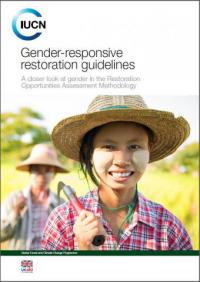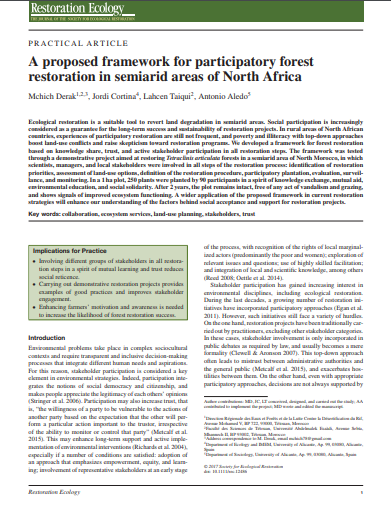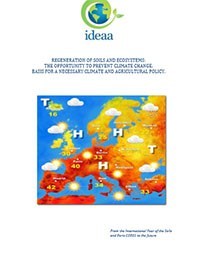Gender-responsive restoration guidelines
The Restoration Opportunities Assessment Methodology (ROAM)1 was developed by the International Union for Conservation of Nature (IUCN) and the World Resources Institute (WRI) to assist countries in identifying opportunities for forest landscape restoration (FLR), analysing priority areas at a national or sub-national level, and designing and implementing FLR interventions. FLR is the long-term process of regaining ecological functionality and enhancing human well-being across deforested or degraded forest landscapes.







